Tom's Guide Verdict
The Roku Streaming Stick (2016) is a well-designed, inexpensive, content-rich streaming stick that occupies admirably little space.
Pros
- +
Huge app selection
- +
Inexpensive
- +
Intuitive interface
- +
Robust search feature
Cons
- -
Excludes flexible HDMI adapter
- -
Private listening needs some work
Why you can trust Tom's Guide
Only a few months ago, we pointed out that the Roku Stick was getting a little long in the tooth, and now there's a whole new streaming stick primed to replace it. Call this planned obsolescence or perfect timing, but either way, the Roku Streaming Stick (2016) ($50) is ready to take on the Chromecast and Amazon Fire TV Stick. The Roku Stick offers snappy navigation and one of the best streaming-channel selections on the market, and doesn't ask for much money in return. While the device's aural ambitions outpace its actual performance, the Roku Stick is a well-designed and well-rounded streaming stick that occupies very little space.
Design
The first Roku Stick was a stubby, purple dongle; it was eye-catching, sure, but "attractive" would be pushing it. By contrast, the redesigned HDMI stick is black, sleek and skinny. At 0.5 x 3.3 x 0.8 inches and 0.6 ounces, it's just a bit smaller than its closest competitors, the Amazon Fire TV Stick and the Google Chromecast. While a streaming stick's design doesn't matter too much, since it's likely to be hidden behind a TV anyway, the Roku is still a rather aesthetically pleasing device.
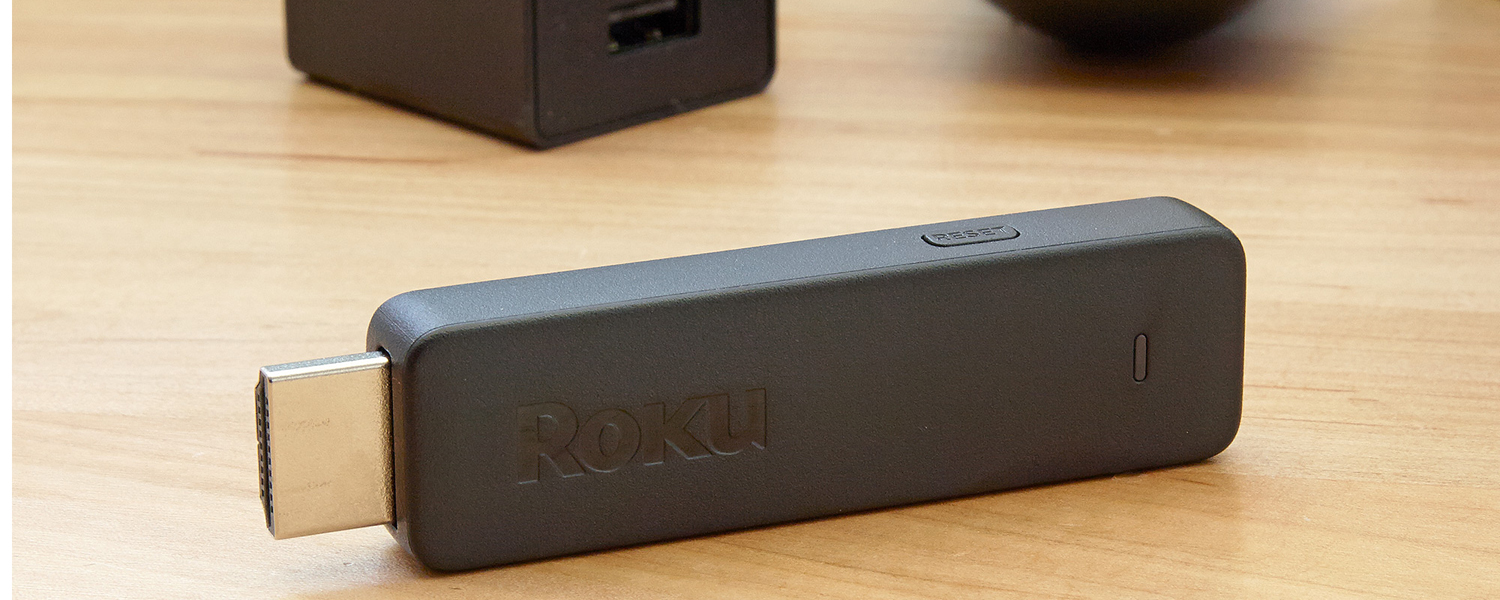
It's also a minimalist device, with only a reset button and a microUSB port, which you can plug in either to the TV or an external outlet. If you need a gadget that runs on Ethernet, or requires a digital audio out or supports full 4K resolution (this one maxes out at 1080p), you'll need a fancy set-top box instead.
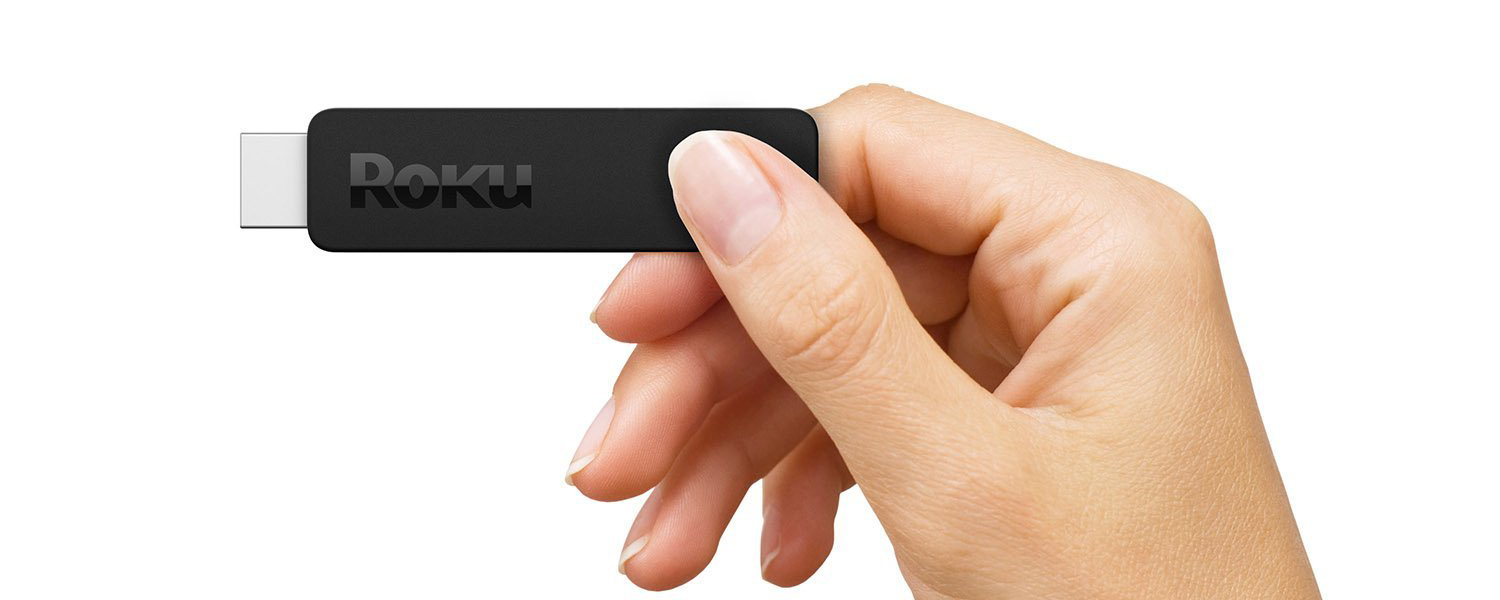
There is one significant problem with the Roku Stick: It doesn't come with a flexible HDMI adapter. Experienced videophiles know too well that no streaming stick fits every TV, and that a flexible adapter is often the only thing that prevents the device from being a worthless paperweight. While Roku offers to send free flexible adapters to customers who need them, that will do very little to alleviate the annoyance for people who wanted to watch Netflix as soon as they got home rather than sometime next week.
MORE: Best Streaming Players: Chromecast, Roku, Apple TV & More
Interface
Whatever else you can say about Roku, the company has at least been very consistent in how it designs its OS. The Roku Stick runs on Roku OS 7.1, like every other modern Roku device, and it's a clean enough way to get around. The home screen displays your downloaded apps, like Netflix, Hulu and Pandora. Unlike on Fire TV or Android TV systems, you can move your channels around and delete anything you don't want, even if it came preinstalled. Roku's commitment to giving customers exactly what they want and letting them excise anything else is admirable.
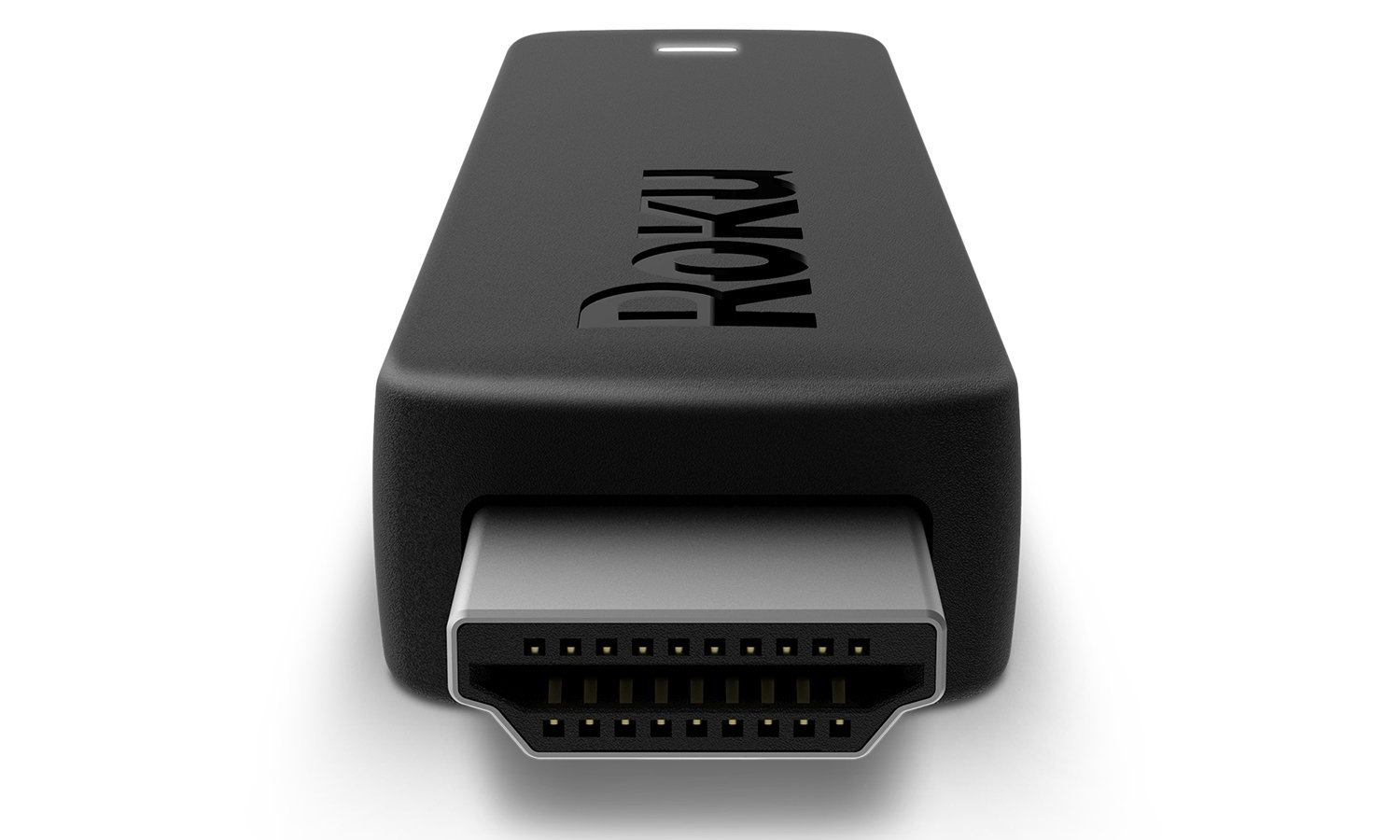
The rest of the menu is fairly self-explanatory. Users can search for content, monitor their movie and TV feeds (more on this later), access Fandango Now (formerly M-Go, Roku's preferred content store) and dive into the Settings menu. Getting around isn't exactly flashy, but it is intuitive. Thanks to the Roku Stick's quad-core processor, it's also fast.
Get instant access to breaking news, the hottest reviews, great deals and helpful tips.
Roku introduced the My Feed feature a few OS updates ago, and it's worth mentioning, even though the feature is not exactly the system-seller that Roku makes it out to be. Users can search for any movie, TV show, actor or director and add the term to their personalized "feed." Whenever an item shows up on a new streaming service, or gets a price drop, a notification will appear on the user's front page. You can do this with movies currently in theaters, too, in order to learn when they become available on streaming services.
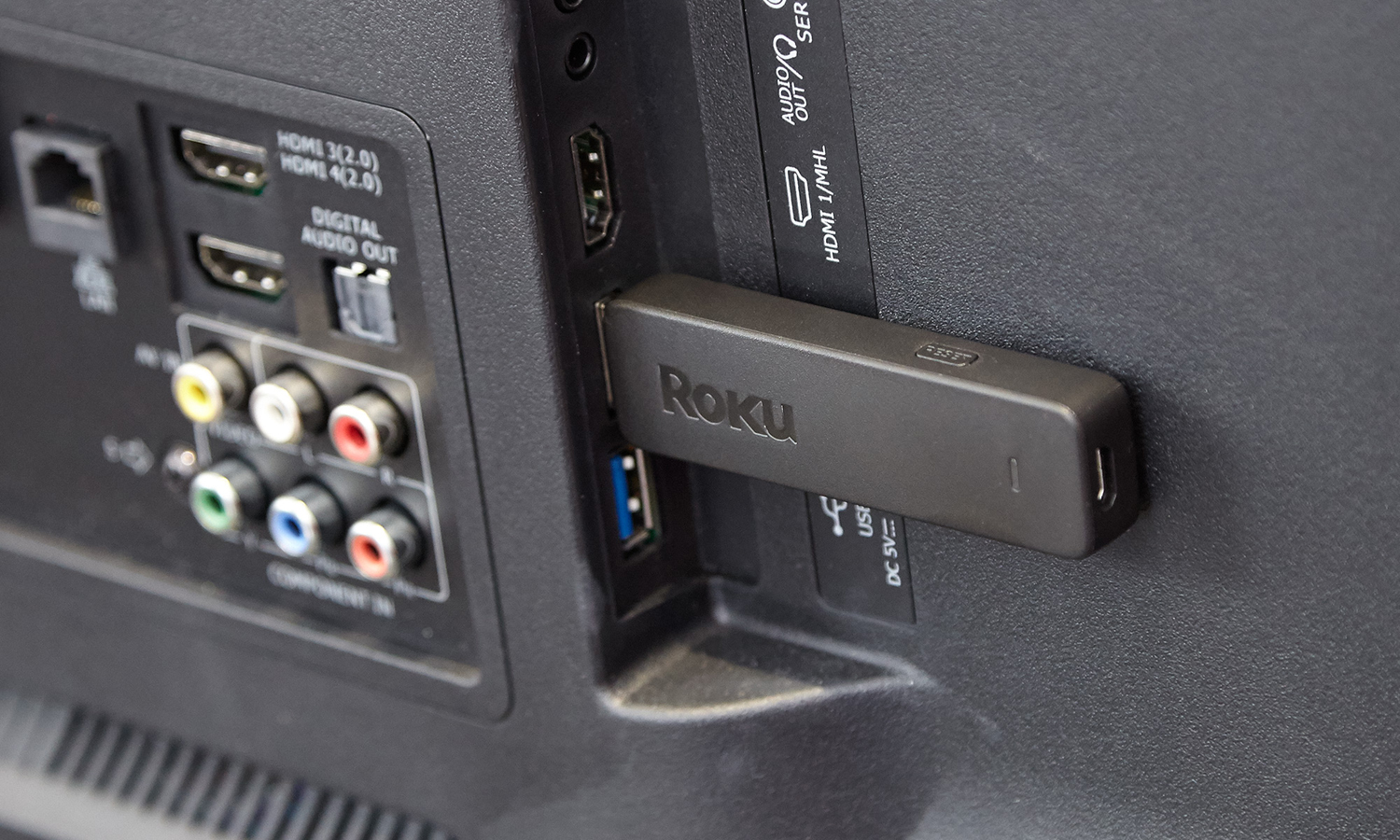
My Feed is a helpful feature, and no competitor offers it. However, if you're absolutely chomping at the bit for a movie or show to come out, you probably don't need Roku's help to tell you when that content becomes available. Furthermore, services like Netflix and Amazon Video are getting pretty good all by themselves at letting users know when a new season of a favorite show comes online.
The Roku app comes in handy for voice search, since the remote does not have a microphone built in
Another interface feature that's an absolute slam dunk, though, is the ability to hide both the Fandango Now and News options on the home screen. I didn't really want these features, and was delighted to find I could simply remove them. When you consider how hard a gadget like the Fire TV pushes Amazon products, it was a relief to be able consume my content, my way.
Remote
I've never liked a Roku remote control — until I tried the one that came with the new Roku Stick. While other remotes from the company feel like cheap plastic and look like bulky children's toys, the new remote control is slim and low-profile, with a comfortable, matte finish. Even the buttons feel more responsive, with satisfying clicks instead of halfhearted ones.
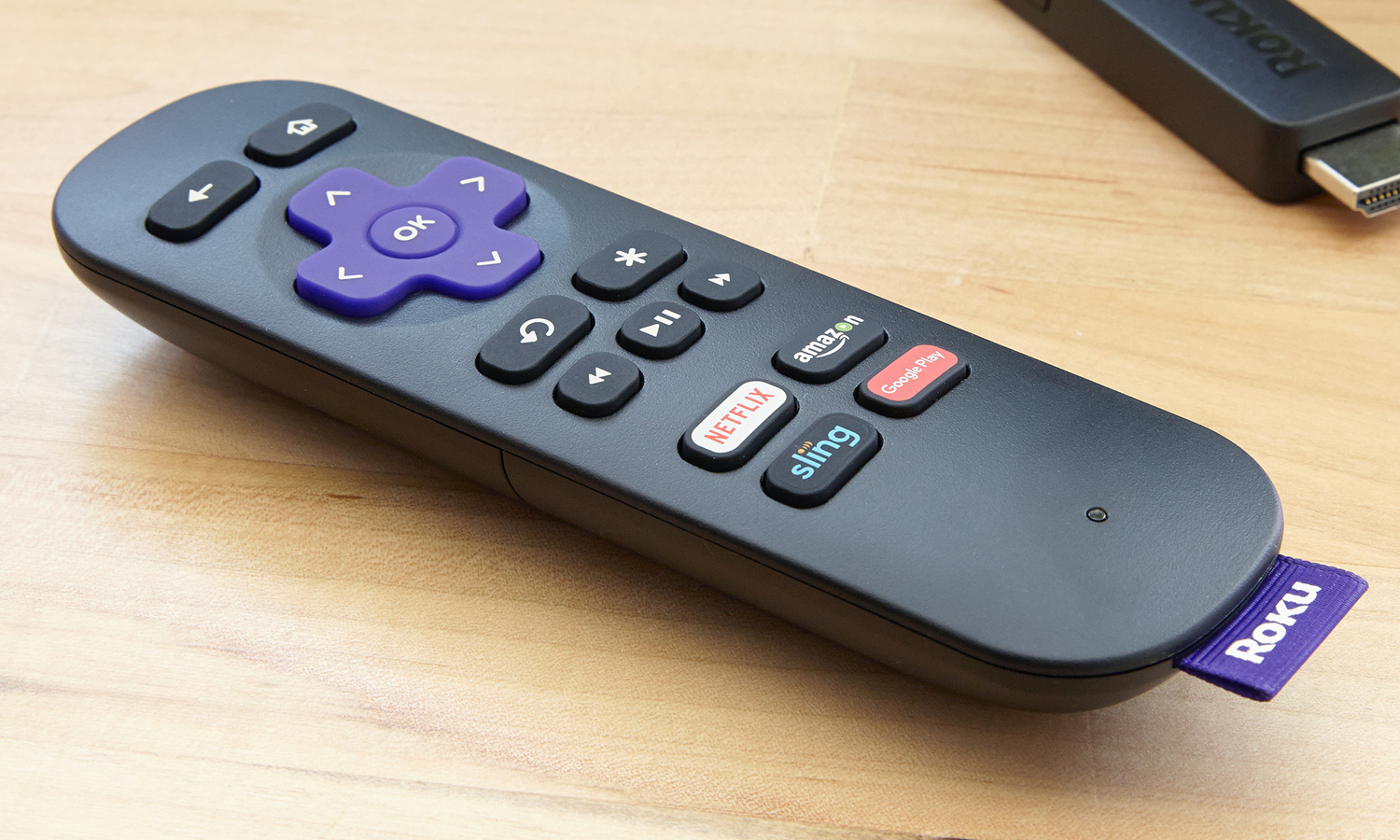
In addition to a directional pad and an OK button, there are also back and home buttons at the top, with repeat, options, rewind, play/pause and fast-forward toward the center. The only questionable decision is the inclusion of four buttons at the bottom: Netflix, Amazon, Sling and Google Play. While it's admittedly convenient, that's only if you use those services. Including programmable buttons would have made much more sense, given the company's propensity toward user customization.
Mobile App
If the remote control gets lost in the couch cushions, users can also download an app on iOS, Android or Windows, which acts as a remote, keyboard and microphone all in one. This comes in handy for voice search, since the remote does not have a microphone built-in, as the remotes for the Rokus 3 and 4 do. In fact, once I installed the mobile app on my phone, I found that I barely ever touched the remote again. Typing with a touch-screen keyboard alone made it worthwhile.
Roku's continued commitment to giving customers exactly what they want — and letting them excise anything else — is admirable
This is as good an opportunity as any to point out that all Roku devices feature a unified search that trawls more than 30 apps, including Netflix, Hulu and Google Play, and compares prices among all of them. It's a fantastic feature, and it couldn't be easier to use.
The new Roku Stick also offers a novel feature: private listening via the mobile app. The Roku 3 and Roku 4 both feature remote controls with headphone jacks, allowing users to listen to their content whether their surroundings need to stay quiet or have become too noisy. In order to keep costs down, the Roku Stick's remote lacks this functionality, but users can access it with the mobile app instead.
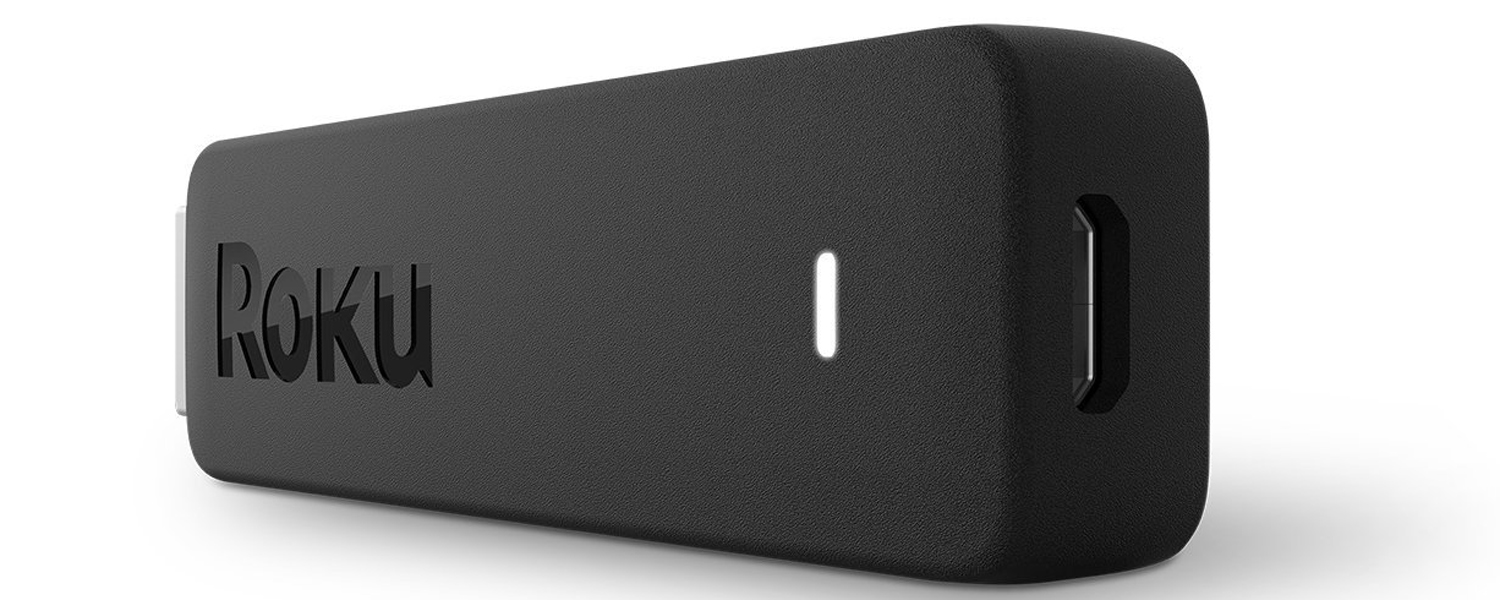
This is undoubtedly the coolest feature that the Roku Stick offers, which is why it's disappointing that no other Roku device offers it at present. When I asked Roku whether private mobile listening might eventually come to other Roku gadgets, representatives told me that it's neither impossible nor guaranteed.
As long as the Roku app is open, simply plugging in a pair of headphones will transfer the audio track over to a user's phone or tablet. Tapping a button will send the audio back and forth between the TV and the phone, and that's all there is to it. The feature could not be easier to use.
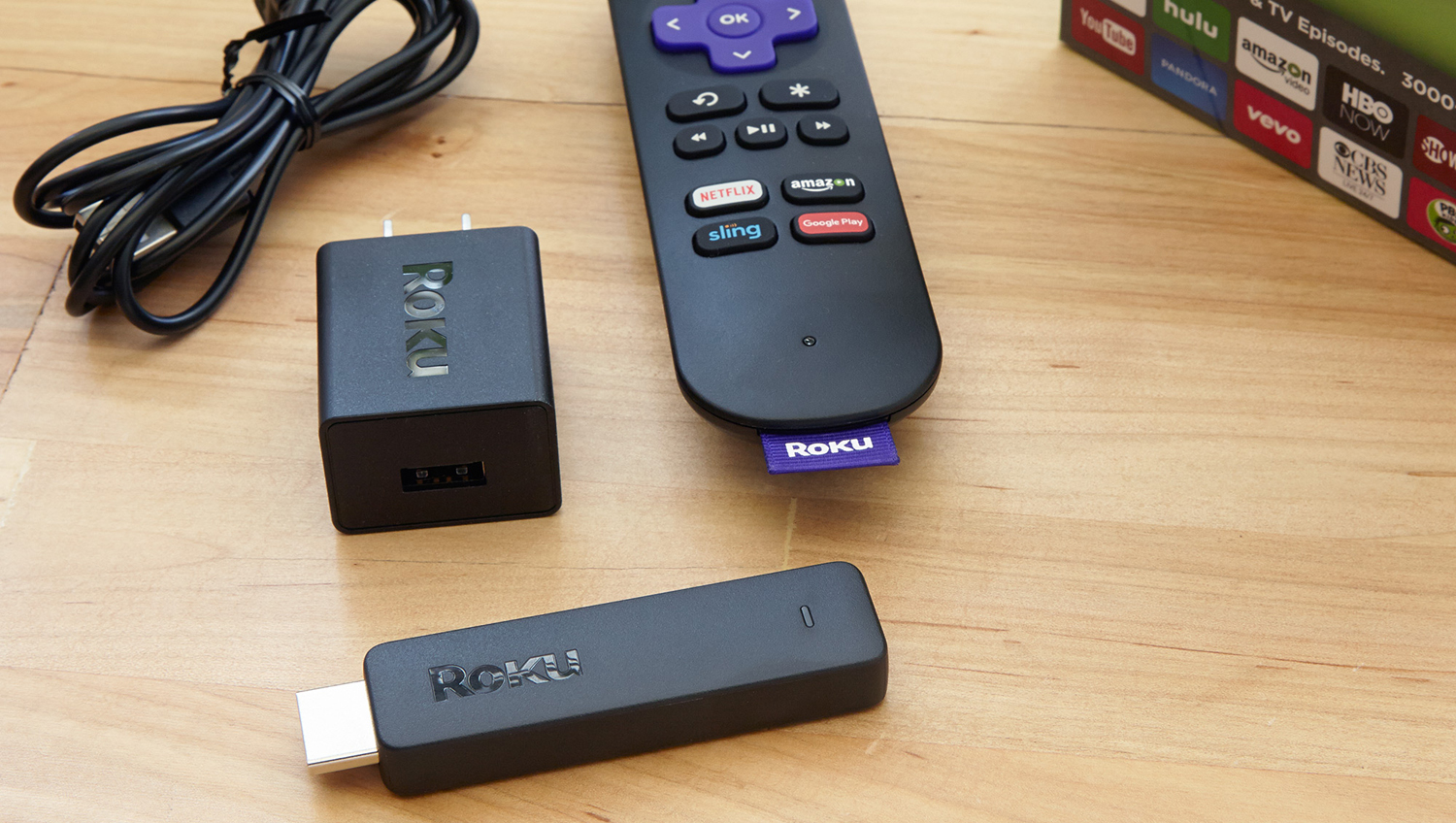
However, simple does not equal perfect. I tried private listening with a variety of headphones, and the experience still needs a bit of fine-tuning. At worst, my audio cut out and popped constantly, making the words and music into near-nonsense. At best, it took a second or two for the app audio to catch up with the onscreen video, leaving a few missed words in its wake. Every once in a while, even on a reliable connection with stellar headphones, the audio would skip or stutter.
The Roku Stick has more than 80 games available, but they are generally shovelware of the basest sort
Perhaps this is an unavoidable part of daisy chaining together three or four discrete wireless technologies, but it's still not quite as good as advertised.
Content and Apps
Roku advertises that it has access to more than 3,000 apps. While quantity isn't everything, users will be pleased to know that the figure includes almost every major video- and music-streaming channel on the market. Netflix, Hulu, Amazon Video, Pandora, Spotify, Vudu, Crackle, Google Play, Plex and PlayOn are all present and accounted for. Niche channels range from public domain movies, to cartoons, to live webcam feeds. Save for iTunes, I can't think of a single app that isn't presented in some way, shape or form on Roku.
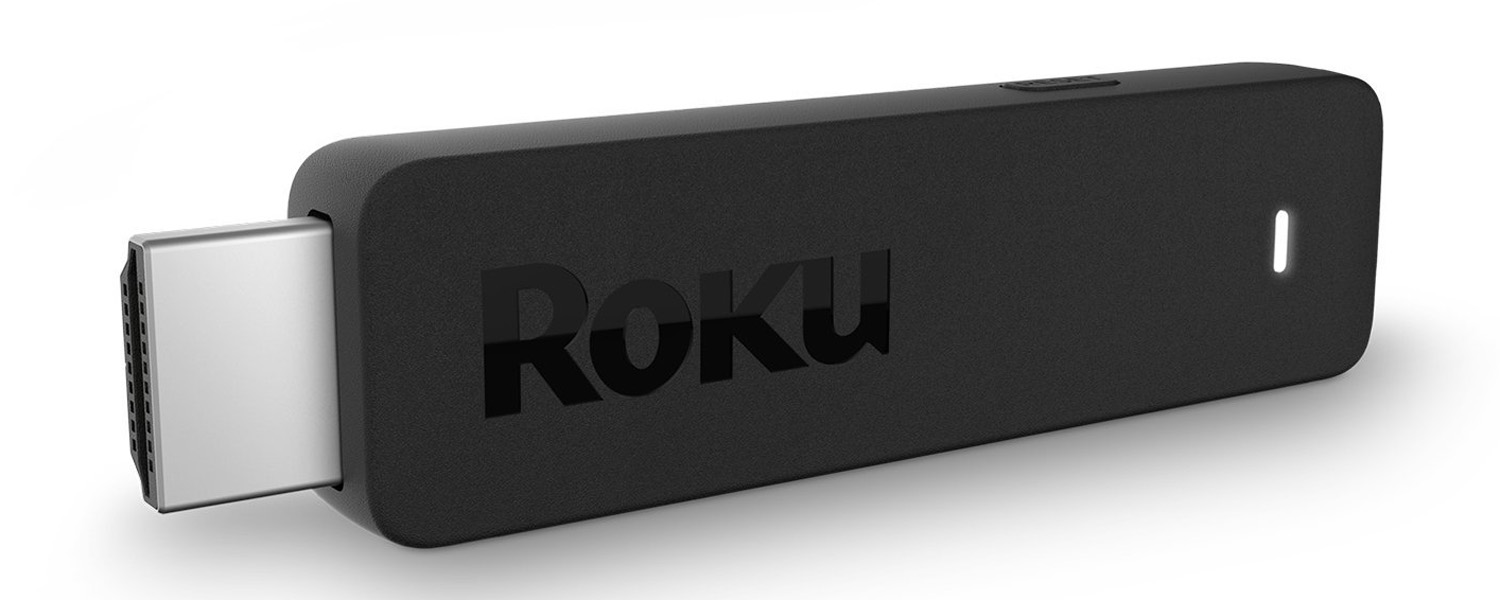
Of particular note are the media-server apps, which were the last things I expected Roku to highlight. The Roku Stick comes with Roku's media player preinstalled, as well as Plex and PlayOn. If you're not familiar with these apps, you should know they let you run a media server from your PC or mobile device, then watch videos, listen to music and view photos on your TV. Media servers are not difficult to run by any means, but they require a modicum of tech savvy. Including great apps for tech-savvy customers that doesn't require those users to purchase any new subscriptions speaks volumes about the respect Roku has for its audience.
As long as the Roku app is open, simply plugging in a pair of headphones will transfer the audio track over to a user's phone or tablet
One area where Roku still falls down, however, is in its selection of games. The Roku Stick has more than 80 games available, but they are generally shovelware of the basest sort. Roku has made no concerted effort to improve either the selection or quality of its game selection, and has been eclipsed thoroughly by every other major streaming device on the market.
MORE: Best Streaming Video Services
Performance
Roku has made much of the new Stick's quad-core processor, something that both the Chromecast and Fire TV Stick lack. While this is not the only measure of power and performance (indeed, the Chromecast has a totally unique OS and does not require a quad-core processor for anything), it does make a difference. Navigating the menus felt breezy, and most apps loaded in less than 10 seconds.
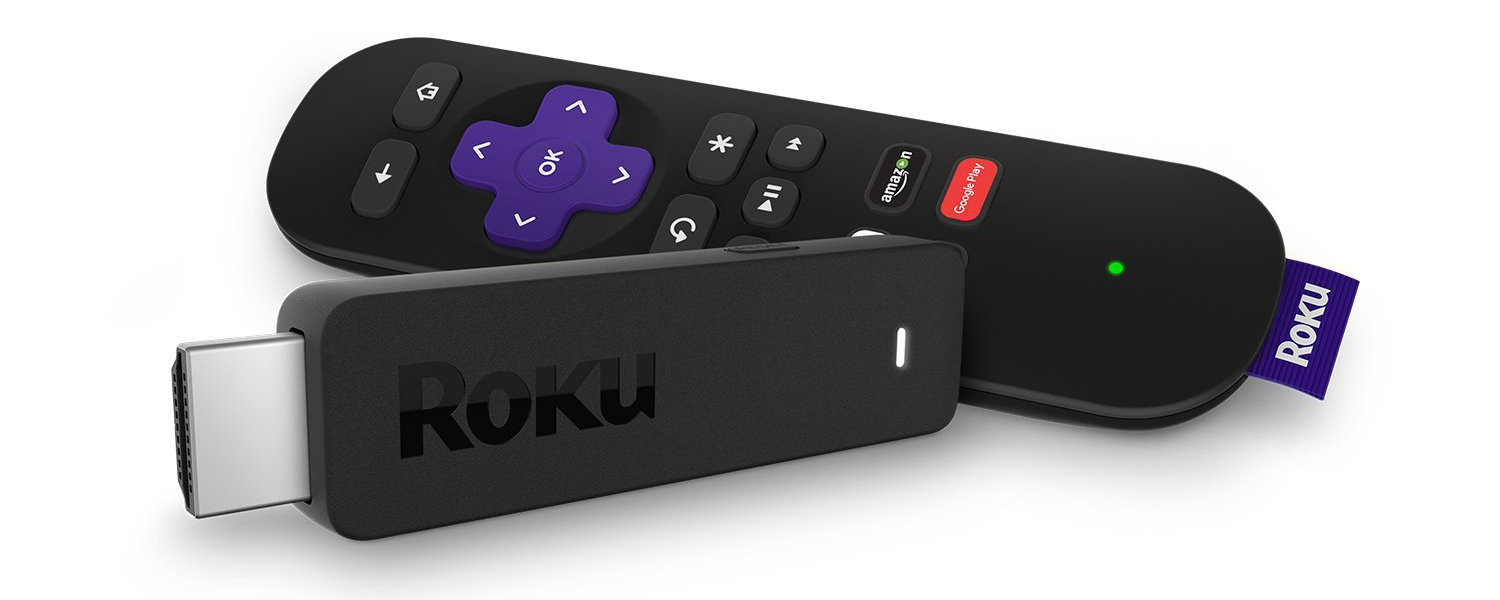
While overall speed will always be dependent on individual Wi-Fi connections, it rarely took more than 15 seconds to go from finding a show in Roku's search to watching it in an app. I found that programs also reached full HD quickly, particularly in Netflix.
Bottom Line
The redesigned Roku Stick looks cool, and provides a plethora of content through sensible navigation. While it's not groundbreaking, it takes everything that consumers love about Roku products and offers it in a compact and inexpensive package. The private listening feature still needs some work, and people with tight TV ports would be justified in lamenting an extra step for the HDMI adapter. Otherwise, the Roku Stick is a solid, dependable, robust gadget with an interface worthy of the Roku content selection.

Marshall Honorof was a senior editor for Tom's Guide, overseeing the site's coverage of gaming hardware and software. He comes from a science writing background, having studied paleomammalogy, biological anthropology, and the history of science and technology. After hours, you can find him practicing taekwondo or doing deep dives on classic sci-fi.
-
Math Geek i love my roku stick and recommend them over the other choices quite often. this new one is faster and has some new features that make it worthy of an upgrade if you have an older roku stick. miracast is also a wonderful feature that works well even for a "beta" feature.Reply
the option to stream the audio to your smartphone and then plug in headphones is worth the cost of the upgrade alone!! have bought a handful of these already for my house. anyone looking to by an older model roku stick?? i have a few "spare" ones in a pretty purple color i'm not using :D
